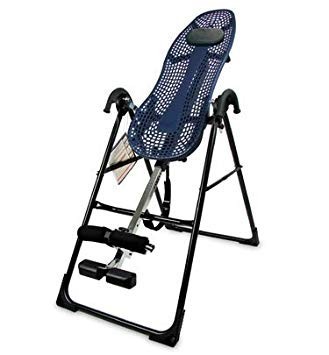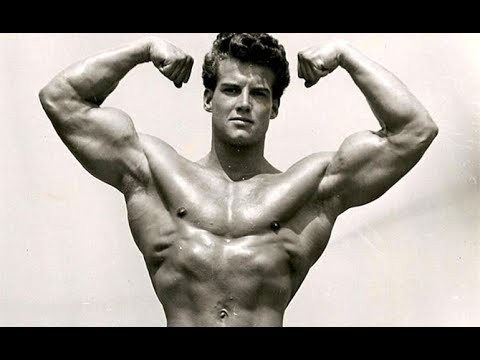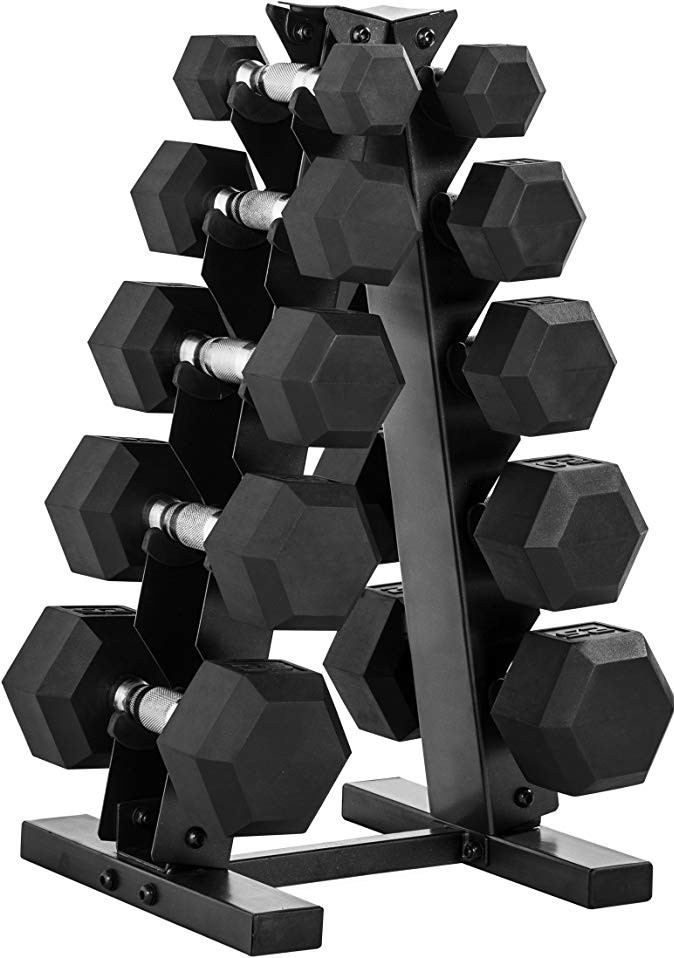CONSIDERATIONS
Obviously, a simplistic answer to “how often” would be at best very misleading. We all differ in a multitude of ways, such as:
- Our physical condition
- Our schedule, or time we may devote to workouts
- Our workout background, or lack thereof
- Our access to equipment
- Our knowledge of specific exercise routines and movements
- Our doctor’s advice

Another salient point to establish would be our general or specific goals. What are we seeking to accomplish? Our options are many, such as:
- To lose weight
- To gain weight
- To gain strength or muscularity
- To gain strength / muscularity as we lose weight
- To increase aerobic capacity
- To prepare for a sport
- To achieve a better appearance
- To improve our health and fitness
The above list could go on and on and there could be quite a few combinations of more than one of those goals. Another goal might be the reduction of a specific body part, such as the waist line. Bear in mind: we can certainly reduce our waist, but not without also reducing our entire body as we do so. There is no spot reduction.
Let me hasten to say that my reference is to workout results. Cool sculpting and other medical procedures are not within my purview, though cool sculpting seems to be gaining popularity as a means to quickly get rid of specific body fat.
PERSONAL EXPERIENCE
My background may or may not be relevant to that of anyone else, but it will at least show a history of different exercise plans at different stages.
- Elementary school – backyard and school yard baseball, football and basketball
- Junior high school – basketball and football competition
- High school – basketball and tennis competition, beginning weight training. I was working out every other day, with barbells only. 3 sets each of bench presses, rowing motion, military press, curls, squats and calf raises. Weights were as heavy as possible. Workouts were about one hour or slightly more. Gains seemed almost immediate.
- College – tennis competition, intramural sports. Weight training (45 minutes) 3 times per week with further gains. Tennis matches twice per week, otherwise practice every day, weather permitting. No weight workout on days of tennis matches, as opposed to tennis practice.
- Afterward – lots of tennis – 3-4 times per week, but only sporadic weight training. Tennis activity was about 1 1/2 hour.
- Senior decline – arthritic knees and back, thus no more serious tennis. Workouts at gyms, with Nautilus machines. Some weight gain. Gym workouts were generally for at least an hour.
- Previous 10 years – home workouts, cardio and resistance training. Treadmill, inversion table, dumbbells, resistance cords and Bullworker products regularly used. Abdominal training every day. Cardio every day. Workout time is about an hour. Specific upper body work – 3 times per week.
See the Bullworker Bow Classic below. I consistently use the Bullworker Bow Classic and Steel Bow.
Here is the entire Bullworker line
See my inversion table below. I was able to suspend myself upside down for treatment of sciatic pain.
See pricing information for the Teeter inversion table from Amazon, my model, as upgraded in recent years. As an Amazon associate, I may earn from qualifying purchases.

See my Nordic Track treadmill below. This is the current source of most of my cardio exercise.
Here is the Nordic Track, most similar to mine, but with a few upgrades
See below a well organized set of dumbbells from Amazon. Note the A-frame rack.
As can be seen above, my personal workout times have generally been about an hour. But even the energy of youth would not allow me the intensity of a workout on the same day as a sports event. Sports came first.
At this point, I generally do 30 minutes of resistance training and another 30 minutes of cardio every day. The sets, reps and muscle groups for resistance are never the same on two successive days. There are times that my energy level is low or my lack of sleep is an issue. On those occasions, I modify things or take the day off.
WORKOUT PLANS
Let’s proceed with these assumptions:
- Workout time will be one hour or slightly more in one day
- The entire body will be worked during a week
- Cardio and resistance training will be incorporated during a week
- Weighted resistance will vary with our level of training
- The value of rest will be an important consideration.
- Choices of programs and variances thereof will be based on individual goals
3 DAYS PER WEEK – this is a good starting plan for beginners or for those with limited workout time scheduled. Please note that famous bodybuilder and movie star Steve Reeves always used this plan, but his workout duration was far more than one hour in a day. He did 30 sets of 10 – 12 reps. He maintained a very strict diet, high in fruits and vegetables. He did not use steroids and did not have access to modern equipment. He trained on Monday and Wednesday mornings and finished the week on Friday evenings. He was very careful to incorporate plenty of recovery time during the week. His cardio was primarily power walking with long strides. Steve Reeves was famous during the mid 1950s. He is shown below. His routine is cited only to show that he used no split routines and strongly believed in rest, not to suggest that the average person would do 30 intense sets in one workout.

RESISTANCE EXERCISE ONE DAY, CARDIO THE NEXT. REST ON SUNDAY – this is a good way to add more sets and reps within an hour’s time and to also create more cardio time.
UPPER BODY AND CARDIO ONE DAY, LOWER BODY AND CARDIO THE NEXT. REST ON SUNDAY – this program would appeal to those who wish to train harder on the bodybuilding aspect. More time would be scheduled for upper torso and legs. Abdominals might be considered a lower body part. Cardio would be slightly decreased, but still maintained.
PUSH / PULL – this is an advanced routine to add more sets and reps to the upper body. On Monday, the “pushing” muscles are stressed. These are the chest and triceps muscles. Cardio would be included. On Tuesday, the “pulling muscles” would be trained, i.e. the back, biceps and shoulders. Wednesday would be a day of rest. Thursday would duplicate Monday and Friday would duplicate Tuesday. Saturday and Sunday would be rest days. Since the upper body is trained on consecutive days, the theory is that more rest would allow for this.
There are plans for cardio only and for resistance only. Maybe we could do strictly cardio one week, strictly resistance training the next. I have used plans for lesser energy – 10 minutes of abdominals training and 20 minutes on my treadmill. This is better than doing nothing.
It is important to note that fat loss is more readily achieved when weighted resistance accompanies cardio. It follows that fat loss is much healthier than mere weight loss. Our resting metabolism is enhanced by adding strength training to cardio.
CONCLUSIONS
It is vital to consistently work out, while adding variety to prevent boredom or burnout. How often and how long are both somewhat subjective. Some options to consider are outlined above and hopefully will be of assistance.
Rest and recovery are significant considerations. Muscle tissue is stimulated when exercised, but only grows during rest.
Please leave any comments or questions in the “Comments” box below, or e-mail me – richard@myworkoutathome.com.
Keep moving. Be well!


